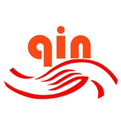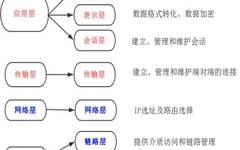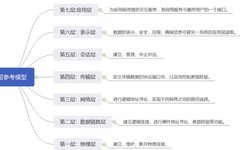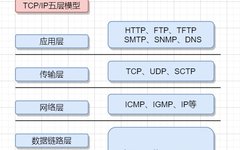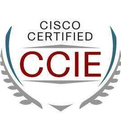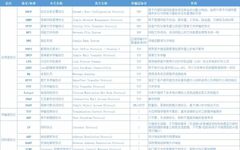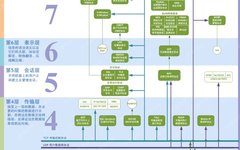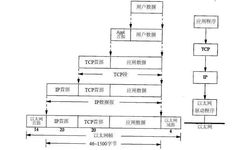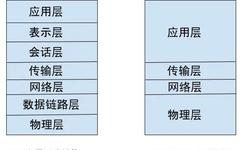Understanding TCP/IP Protocol: The Four-Way Handshake
TCP/IP is not a single protocol, but a collective term for a suite of protocols. It includes the IP protocol, ICMP protocol, and TCP protocol. 1 Here are a few key points to note: Internet Address: This is the IP address, generally consisting of the network number + subnet number + host number.Domain Name System: … Read more
